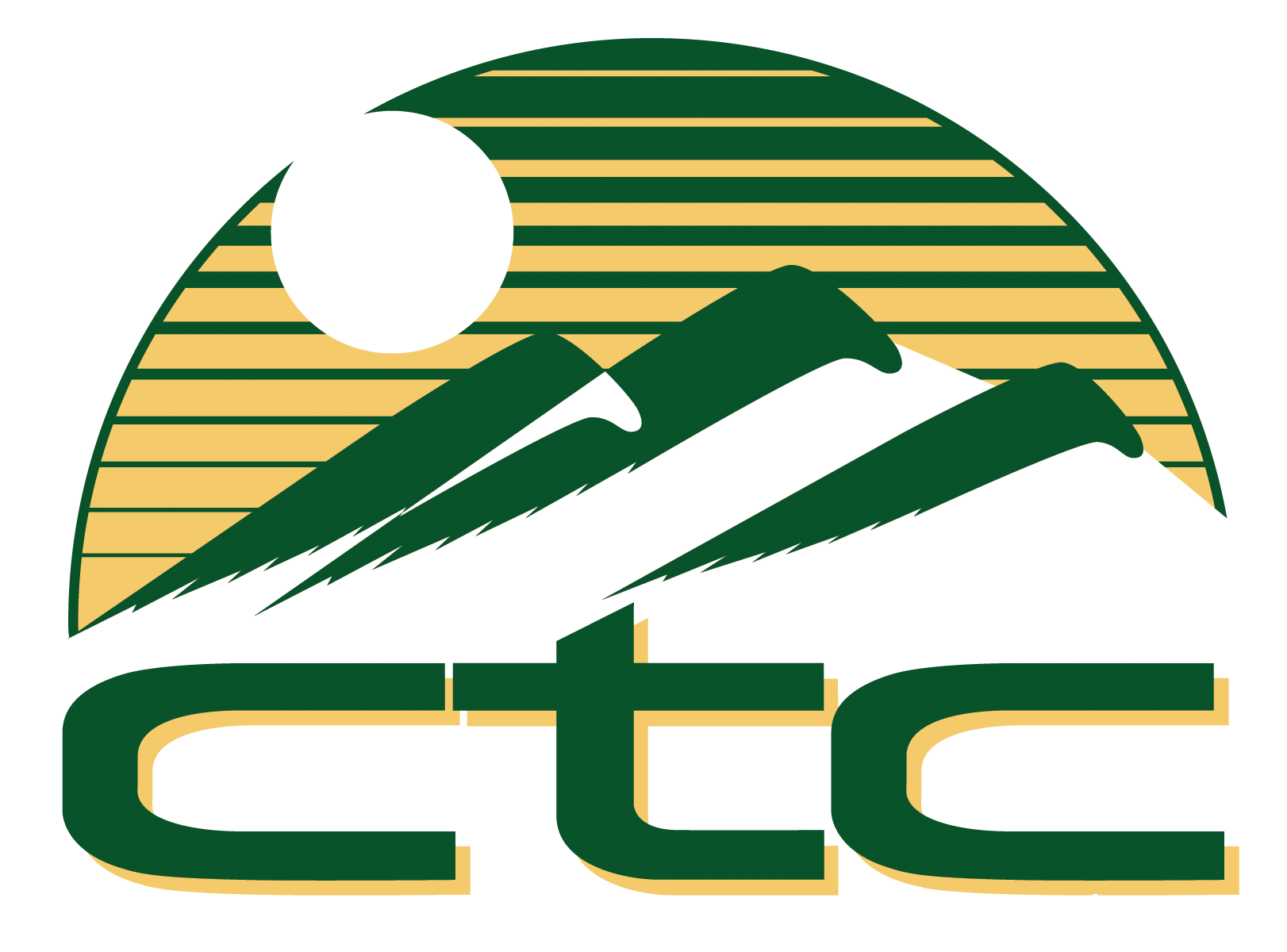
When you order your home Internet package from your service provider, you usually have several plans available to you. Speed is often the most important factor since a faster Internet connection will improve your overall online experience. The challenge is that the fastest Internet speeds are typically the most expensive. That’s why it’s essential to understand how Internet connection speeds work to ensure you select the right package for the needs of your household.
How is Internet connection speed measured?
Let’s start with the concept of speed, or bandwidth, as it’s sometimes called. Measured in Megabits per second (Mbps) or Gigabits per second (Gbps), your Internet connection speed is the amount of data that can be transferred every second over your Internet connection. Your speed determines the type of activities that you can do online and how quickly you can do them. A connection speed of 1 Mbps, for example, allows you to browse web pages quickly, but it’s not fast enough for you to stream HD videos on Netflix. According to Netflix, that requires a minimum connection speed of 5 Mbps. If you tried to stream HD video at 1 Mbps, your video would be poor quality and would likely stutter or pause altogether. On the other hand, a speed of 1 Gbps—one thousand times faster than 1 Mbps—is blazing fast, allowing you to do almost anything, including letting multiple family members stream 4K video simultaneously.
According to Netflix, that requires a minimum connection speed of 5 Mbps. If you tried to stream HD video at 1 Mbps, your video would be poor quality and would likely stutter or pause altogether. On the other hand, a speed of 1 Gbps—one thousand times faster than 1 Mbps—is blazing fast, allowing you to do almost anything, including letting multiple family members stream 4K video simultaneously.

Download versus upload speeds: asymmetrical Internet packages
When you are choosing an Internet package, there are two speeds you need to consider: the download speed and the upload speed.
The download speed is the speed at which data travels from a remote location on the Internet to your Internet-connected device. For example, if you are watching a video on YouTube, the download speed is the rate at which the information in the video stream travels from the YouTube server to your computer or phone.
The upload speed, on the other hand, is the speed at which data travels from your connected device to a remote location on the Internet. For example, if you post a video or a photo onto a social media site like Facebook, the upload speed is the rate at which the information travels from your device to the Facebook server.
With most Internet packages, the download speed is higher than the upload speed. That’s why you’ll sometimes hear people talk about asymmetrical Internet connections, which means that the download and upload internet connection speeds aren’t equal.
Why are download speeds generally faster than upload speeds? Because most of our online activities—like web surfing, video streaming, and application downloads—involve downloading a lot of data. And for certain activities, like online gaming and video streaming, the faster you can download data, the better.
The upload speed may be vital for you, depending on the type of activities you plan to do online. As an example, an amateur photographer that regularly uploads high-resolution photos to a photo-sharing site may want to consider ordering a package that offers a faster upload speed. Or, if you work from home, or operate a small business from home, you might also require a faster upload speed.
The bottom line
The bottom line? The speed of your Internet connection has a significant impact on the quality of your online experience. So when you’re choosing an Internet package from your provider, make sure both the download and upload speeds are fast enough for the kind of activities you plan to do online.
